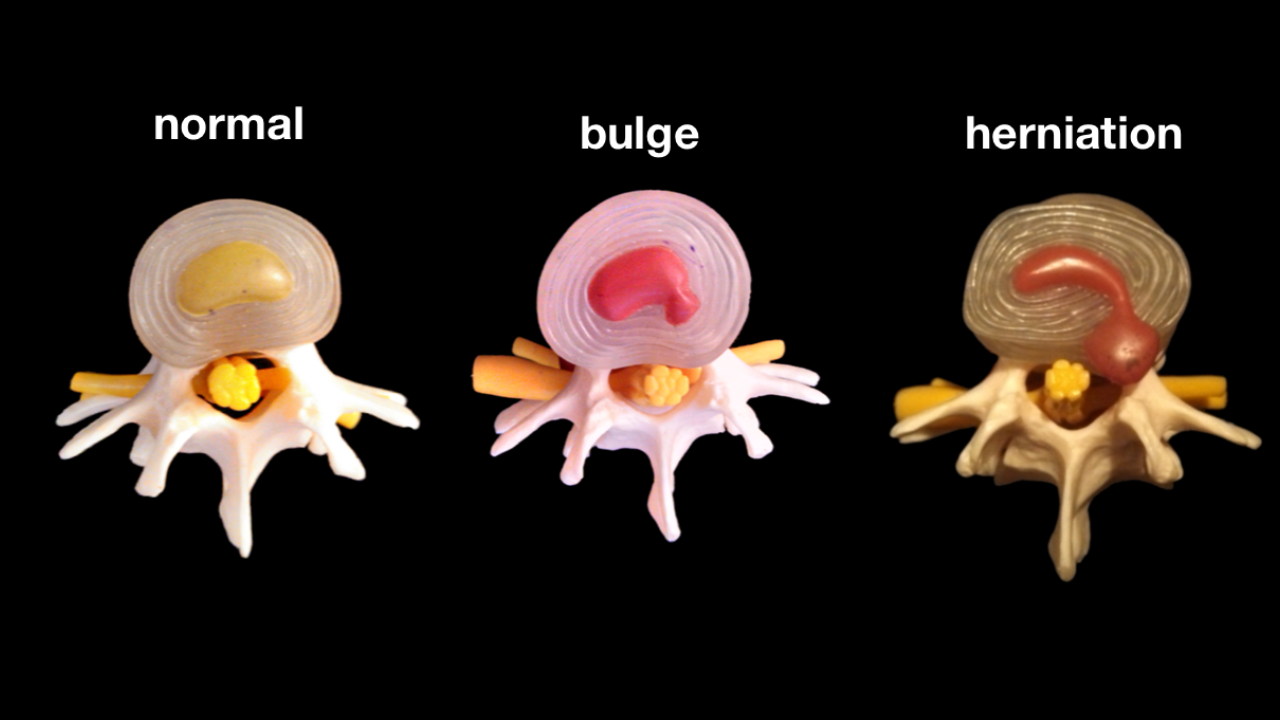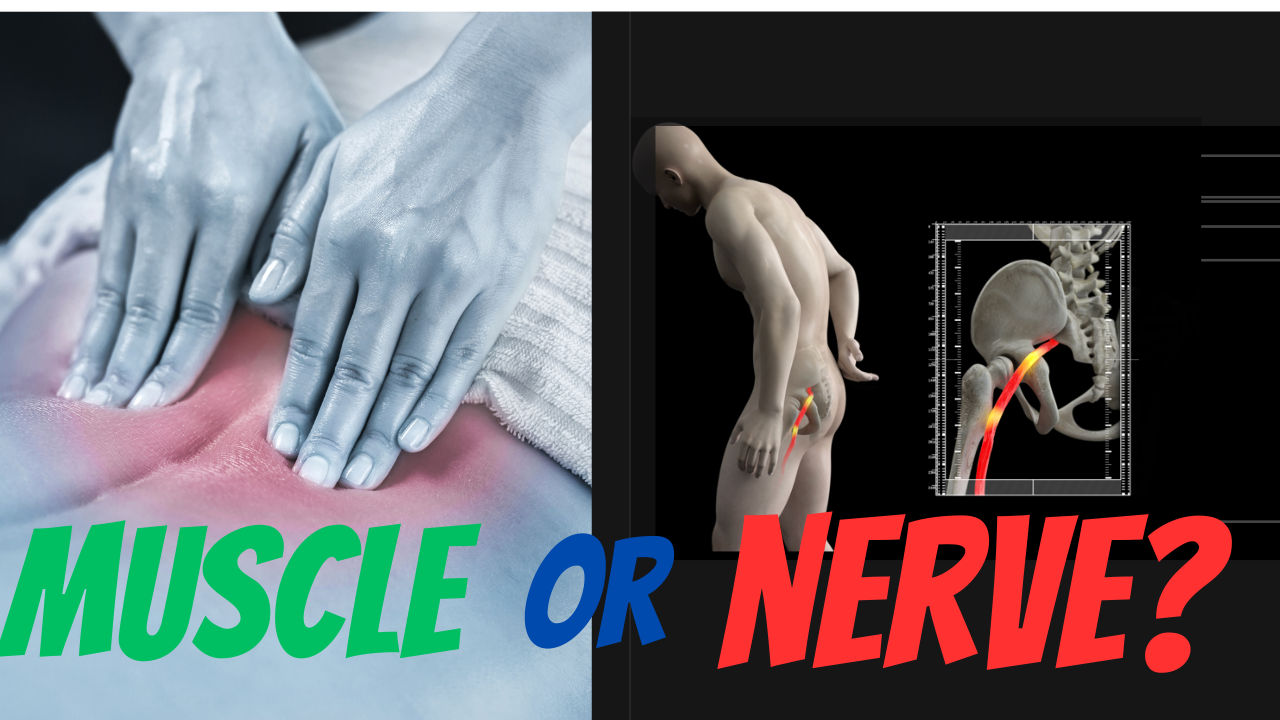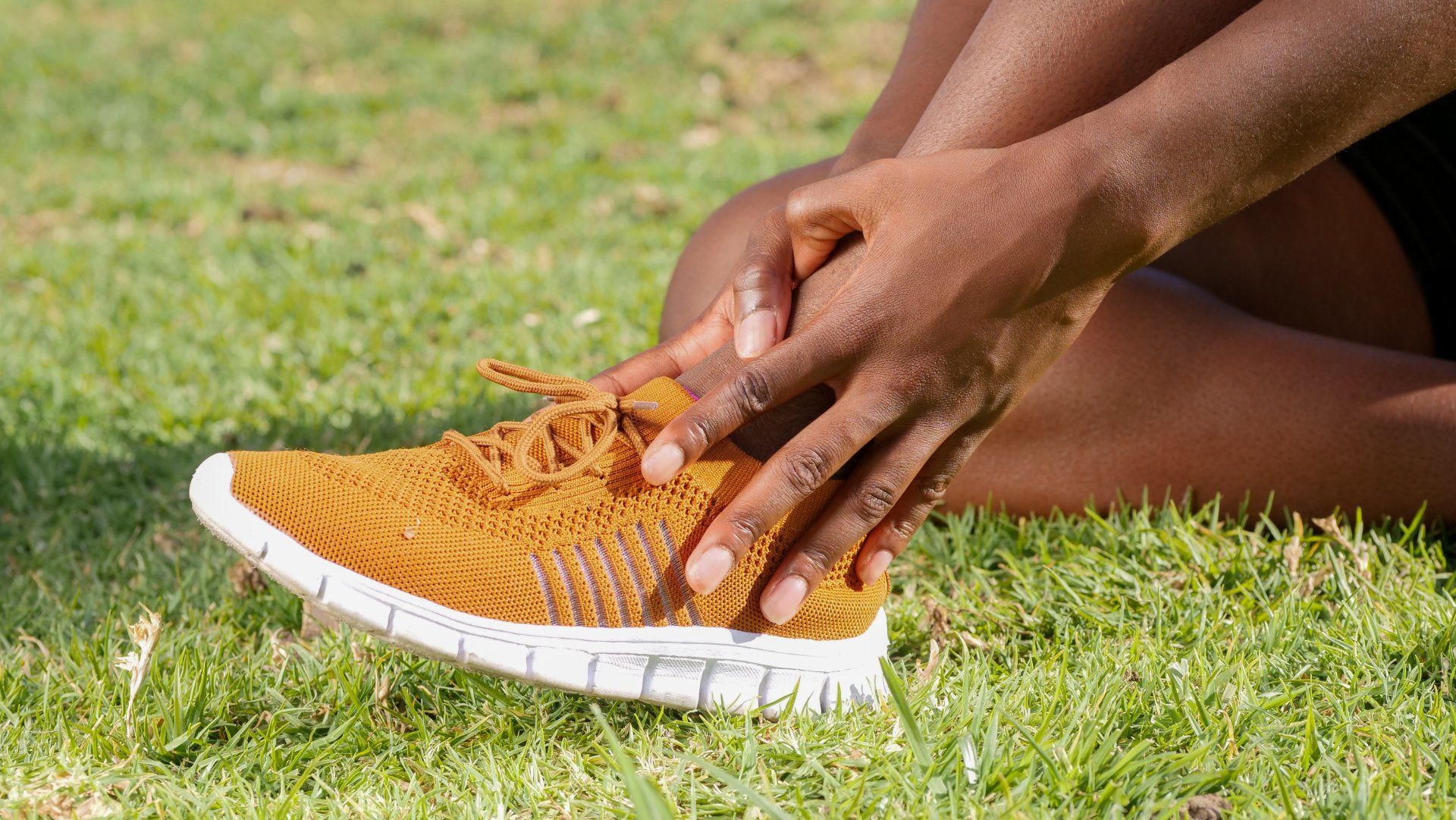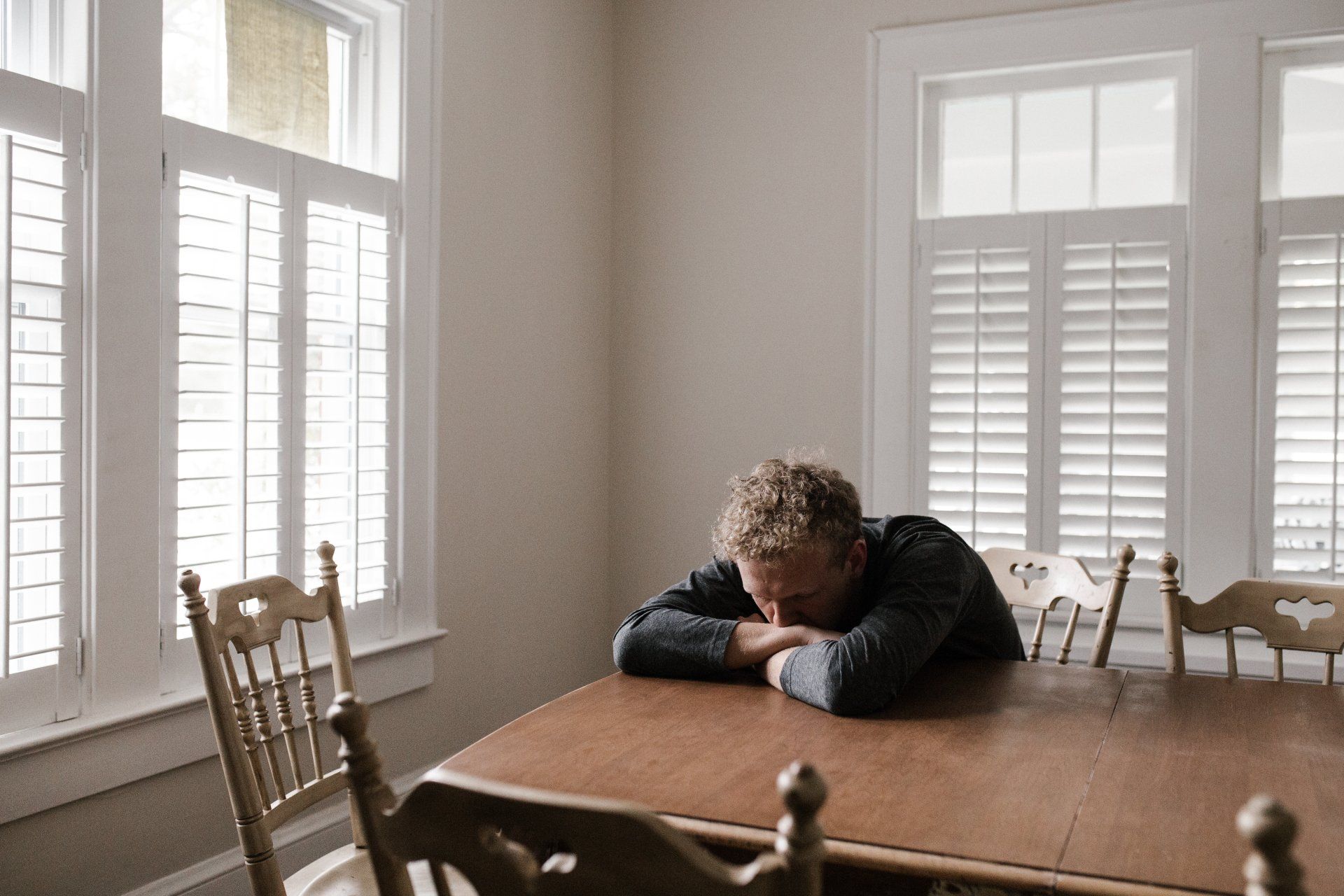Spondylolisthesis
Dr. Stephen Graham, a chiropractor and owner of Graham Chiropractic located in eastern Louisville, KY, paints a picture of the condition called spondylolistheisis.
Spondylolisthesis, Dr. Graham states, means slippage. This usually is found in the lumbar spine when one of the lumbar vertebrae slips forward in respect to the one above or below and sometimes both. He goes on to explain that when this slippage occurs it drags the neural elements with it, namely the spinal nerves. When this happens, it puts increased tension on the nerves that may cause a sequela of symptoms.
Dr. Graham, illustrates how there are mainly three causes for the spinal bone to move forward in respect to the adjacent spinal bones. And while this mostly occurs in the lumbar spine, it certainly can also happen both in thoracic and cervical spines, just not as frequently.
The first cause is pathological slippage or pathological spondylolisthesis, which means the slippage has occurred because a pathology (disease process) caused the rear portion of the bone to fracture or break, resulting in the bone to slide forward. Most often this is in response to a destructive form of bone cancer. Dr. Graham reports that in his practice he has never had anyone in 23 years come in with a pathological spondylolisthesis.
Another type of spondylolisthesis is the class that results from degeneration of the spine. A small percentage of the time degenerative spondylolisthesis arises because the supporting ligaments are lax because the disc has worn down so the bone starts moving forward. This is more frequent that pathological.
The last form is from a fracture of the back of the bone. Dr. Graham shares that this usually stems from a very hard fall such as a fall from a horse, off a roof, or maybe a very hard slip on ice. This kind of trauma causes the rear portion of the spinal bone to break and the bone literally separates from the front of the bone and gravity just pulls the front portion forward.
Dr. Graham, illustrates that there are four different grades of spondylolisthesis (Grade 1-4).
A grade I spondylolisthesis is when the bone slips forward between 1 and 25 %. This is the most common seen according to Dr. Graham, roughly 80-90% of the spondylolisthesis cases he has treated
The next category is a grade II. This occurs when the bone slips forward 26-50%. Dr. Graham points out that these are not nearly as common as Grade I’s, but are the next most common seen.
The third category is a Grade III. This is when the bone slips forward between 51-75%. Dr. Graham says these are pretty rare cases. Maybe one or two a year in a fairly busy practice.
The final category is a GradeIV. Dr. Graham states that this is when the bone is hanging on for dear life (76-99% forward). He reports he has only seen a handful in his entire 23 years of practice.
All these types of spondylolisthesis cause the surrounding nerve at that level to be pulled and tugged on, resulting in a variety of symptoms. The usual suspects are: back pain, gluteal pain, leg pain , leg numbness and tingling, and sciatic pain or sciatic type symptoms.
Dr. Graham shares that treatment for these condition respond well to his computerized adjustments. In addition, he goes on to say that he consults with his patients on exercises they need to do to to strengthen the core and to keep weight off the stomach area. A weak core and a pot belly may cause the vertebrae to slip further forward. This often times can also lead to degenerative processes.
Dr. Graham shares that research points to about 6% of the population have this condition. This condition he points out are more difficult cases than if the bone had not slipped forward at all.
More Graham Chiropractic Blogs





More Graham Chiropractic Case Studies
Useful Links
Office Location
Hours
| Monday | 5:00A - 11:00A |
|---|---|
| Tuesday | 5:00A - 11:00A |
| Wednesday | 5:00A - 11:00A |
| Thursday | 5:00A - 11:00A |
All Rights Reserved | Graham Chiropractic
* YOU HAVE THE RIGHT TO REFUSE, TO PAY, CANCEL( RESCIND) PAYMENT OR BEING REIMBURSED FOR ANY OTHER SERVICE, EXAMINATION OR TREATMENT WHICH IS PERFORMED AS A RESULT OF AND WITHIN 72 HOURS.







